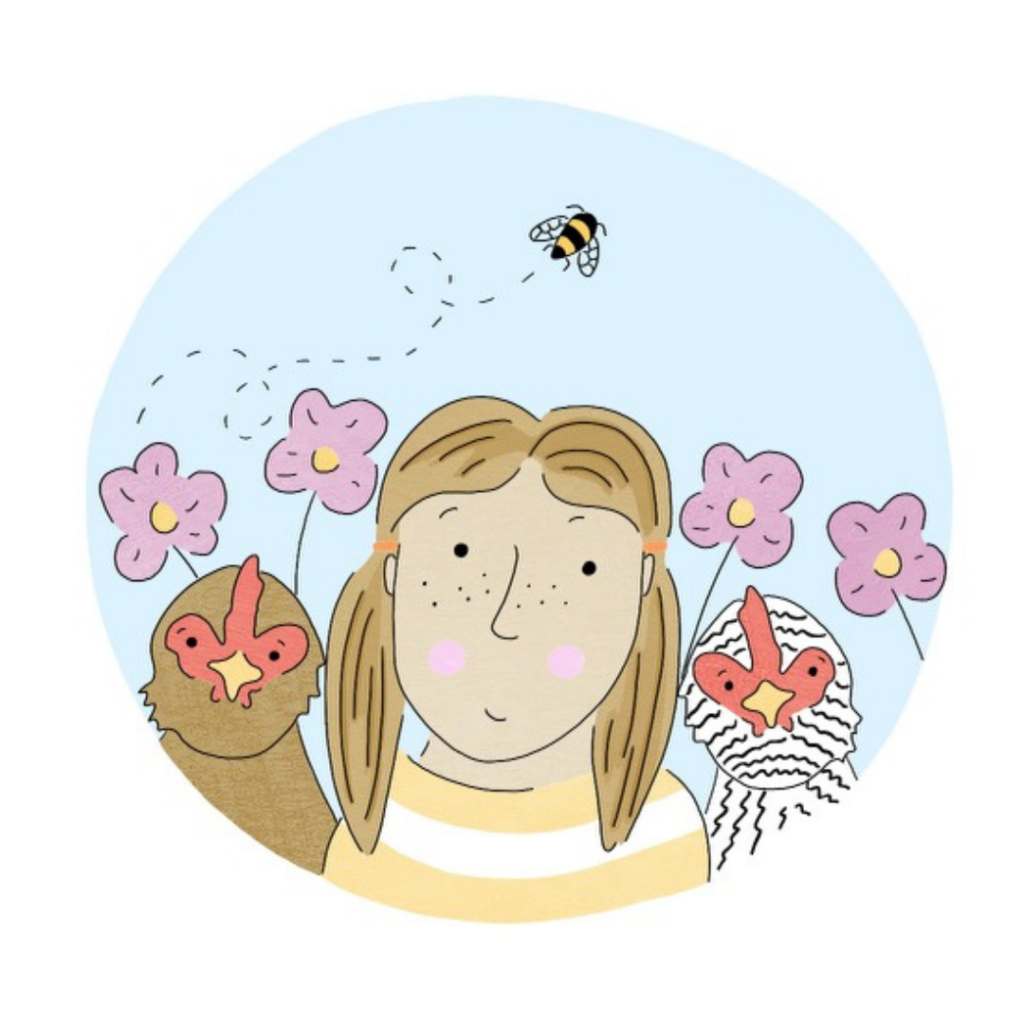
This resource has been fully reviewed and updatedA member of The Open Sanctuary Project’s staff has given this resource a full review and provided updates where necessary. by a member of The Open Sanctuary Project team as of August 11, 2023.
Introduction
Building empathy for farmed animalsA species or specific breed of animal that is raised by humans for the use of their bodies or what comes from their bodies. is not just an exercise of the mind, but of the body as well. In our resource “Fostering Empathy Towards Farmed Animals”, we emphasize the importance of a form of empathy-building that involves physically moving through the identity and experience of another. In this lesson plan, we incorporate this type of imaginative role-play and ground it in detailed observation of caregiving staff and sanctuary residents to help learners come to a closer understanding of the experiences, feelings, and needs of farmed animals. The ultimate goals of this lesson are to help shape human identities that are based in empathy and to offer participants another way to feel empowered to believe they can take ameliorative action for farmed animals.
As with every educational program we create, please leave room to edit, modify, and adapt the activities, questions, and materials based on your sanctuary and audience’s specific needs. Built-in flexibility is an important aspect of effective educational design. If this is a follow-up lesson to the first part of the early elementary sanctuary education program with the same group of participants, it might be helpful to include some of the same residents in this lesson that the participants met in the first lesson. That way, they already have a lot of background knowledge you can review and/or omit during the second lesson. You can ask the learners to recall the information they remember and save time. Please also check out the introduction to our first early elementary lesson plan for important things to consider as you develop and implement the second early elementary lesson plan at your sanctuary (e.g. positionalities, language use, modifications for people with disabilities, learning standards, and more).
Below, you will find a form to fill out to receive this lesson plan. This lesson plan is the second part of a multi-part sanctuary education program for early elementary-age children. It can be used by sanctuary educators and representatives as a stand-alone lesson or as part of a long-term program with Early Elementary Lessons One, Three, and Four.
Effective For Other Species Populations!
While this lesson plan was created with farmed animals in mind, it can easily and effectively be adapted for other species populations!
Download the Lesson Plan
Enter either your organization’s name or your name and email below to download the lesson plan!
We promise not to use your email for any marketing purposes!
Would you prefer to access this download in a different way? Contact us and let us know!
Sources
Teaching Liberation: Essays on Social Justice, Animals, Veganism, and Education | Agnes Trzak








